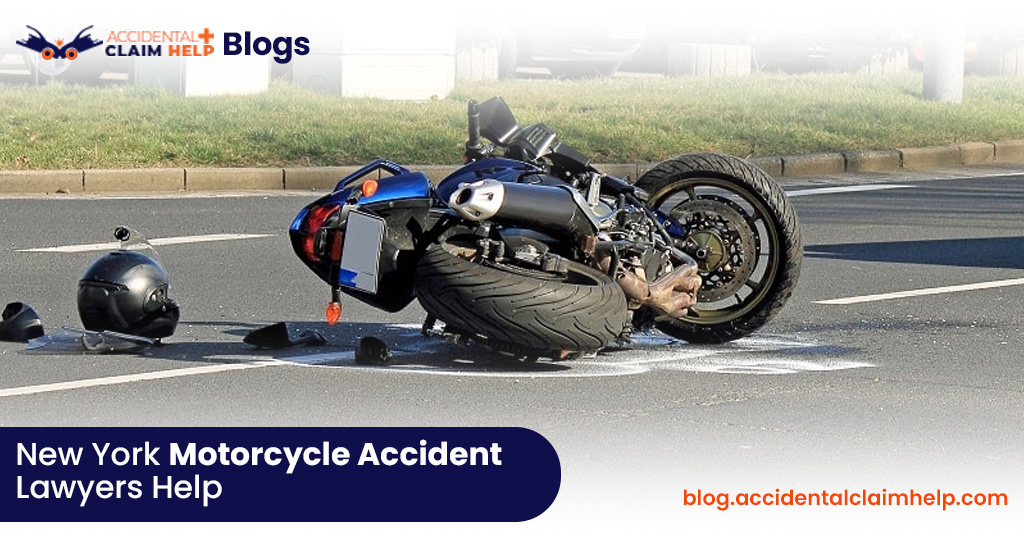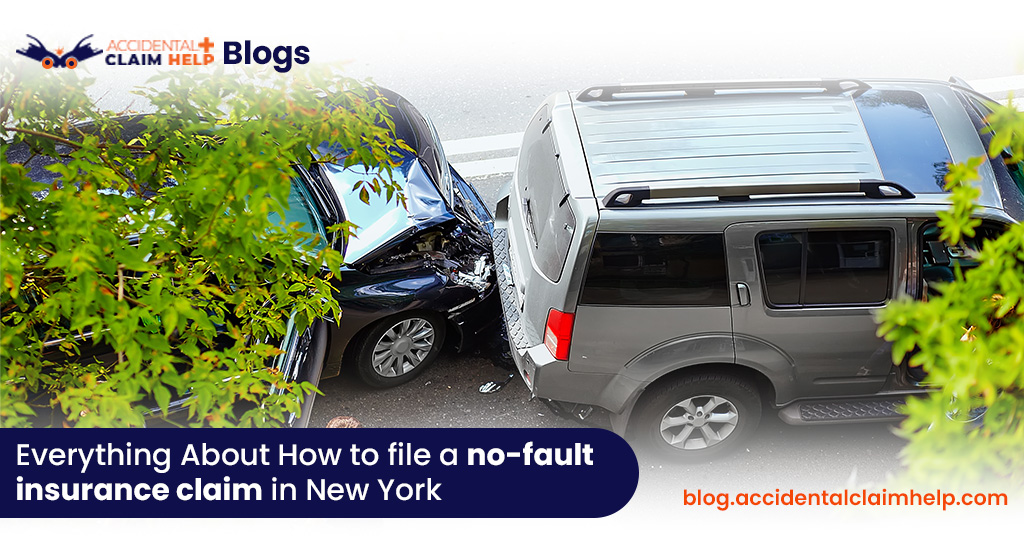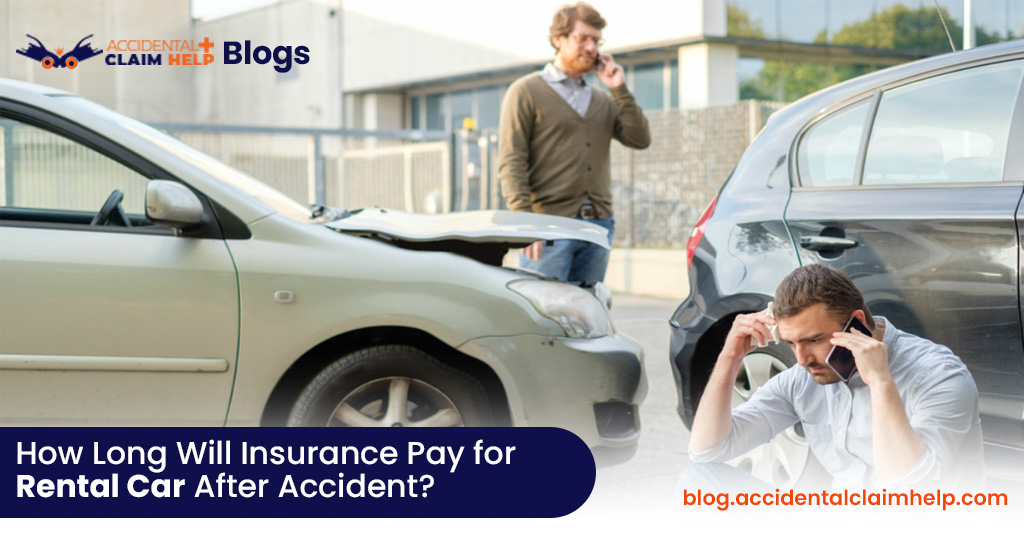If Someone Pulls Out in Front of You and You Hit Them, Is It Your Fault?
Traffic accidents occur in the blink of an eye and are typically complicated, with a common situation being a vehicle rushing out in front of another, ending in a collision.
Many drivers question, “If someone pulls out in front of me and I hit them, am I at fault?” Several elements contribute to culpability determination, including traffic legislation, driver behavior, and carelessness.
Right-of-Way and Traffic Laws:

Recognizing the right-of-way is key to determining fault in most incidents. Traffic rules often require a car approaching a road from a side street or driveway to yield to vehicles already on the main route. When vehicles push out without yielding and cause an accident, they are often to blame. Nevertheless, other circumstances, such as the behavior of the motorist who had previously been on the road (you), might also influence blame determination.
Negligence and Contributory Factors:
Determining culpability usually entails carelessness, indicating a motorist did not behave reasonably. When someone pulls out in front of you, they may have violated their responsibility to drive safely. However, contributory circumstances on your side, such as speeding, inattentive driving, or failing to maintain a safe following distance, influence how blame is assigned.
Comparative negligence rules apply in certain areas, allowing both drivers to share part of the guilt. For example, if you were speeding and someone pulled out carelessly, the blame may be divided, affecting any insurance claims or damages you can collect.
Investigating the Accident:
Insurance firms and courts utilize numerous types of evidence to evaluate culpability. A police report is often required since authorities on the scene will determine who broke traffic regulations. Witness accounts may also reveal if the other vehicle pulled out recklessly or whether your speed or behavior contributed to the accident. Dashcam film, if accessible, may offer an objective description of the accident.
Road Conditions and Visibility:
Visibility and driving conditions also play an important impact. If the other motorist exited a blocked or poorly defined crossroads, it may be simpler to determine their guilt. On the other hand, given the circumstances, if you were driving in terrible weather and did not reduce your speed, you may be held responsible for failing to drive properly.
State Laws and Insurance Implications:
How blame is allocated might have a substantial influence on your insurance claim. In at-fault states, the motorist who caused the collision must pay for the losses via their insurance. If the other motorist is judged to be at fault, their insurance should pay for the damages. However, if you share any responsibility, your reimbursement may be reduced according to your guilt. In no-fault areas, your insurance normally covers your medical expenditures regardless of who caused the accident, but property damage claims are still based on responsibility.
Related post: How to file a no-fault insurance claim
Avoiding Fault:
However, driving carefully may help you stay from being identified as blame. Follow speed restrictions, particularly in high-risk zones like junctions. Avoid distractions such as texting, and allow adequate space between your car and others to respond if needed.
Bottom Line:
Determining who is at blame in a collision when another vehicle rushes out in front of you relies on the details of the situation. Though it’s common knowledge that the other motorist is more to blame for giving way, different variables may also come into play, including your speed, response time, and the state of the road. It’s critical to comprehend how blame is assigned, how that might impact your insurance, and the possibility of liability. Whenever you’re in such an accident, speaking with a traffic accident lawyer will assist in guaranteeing that your liberties are safeguarded.







